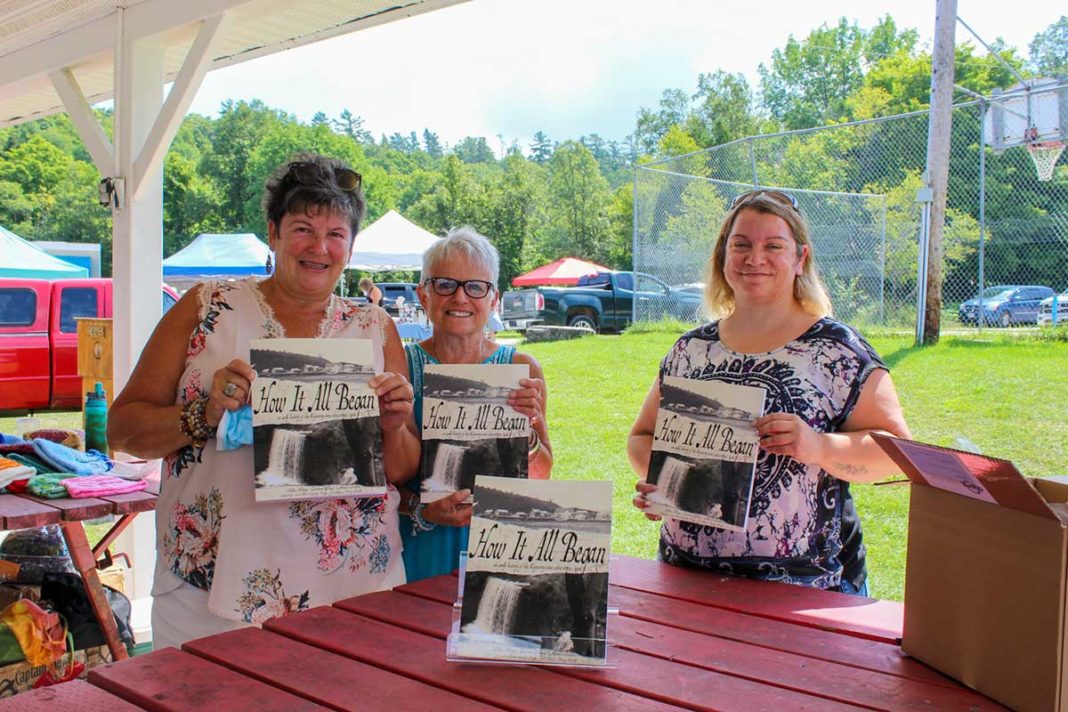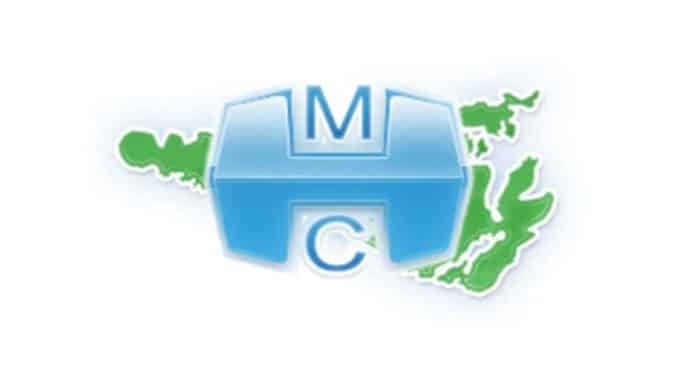KAGAWONG – If you would like to learn about the early history of the Kagawong area, the just published book ‘How It All Began’ will certainly fit the bill.
The book is an early history of the Kagawong area circa 1872-1910. “This is actually the republishing of a book (with a couple of new additions) that was released in the 1970s by Helen Croswell Tracy, Candy Tracy, Carmen Tracy and Alexis Green for the Billings-Allan East Public Library. Helen was a fixture in Kagawong and Billings and like Austin Hunt (former Mayor of Billings Township) had a wealth of information on Kagawong and Billings to share,” said Jill Ferguson, Billings librarian. “I can’t imagine all the time and effort these three ladies provided to get this book put together.”
“It’s been in the back of my mind for awhile that we needed to republish this book,” explained Ms. Ferguson. “We don’t have any more copies of the original book, and I wanted to have this published and updated. However, with the nature of small libraries we didn’t have the manpower to have this done.”
“Then this grant, Young Canada Works at Building Career in Heritage Grant, application form crossed my desk,” continued Ms. Ferguson. “We applied for the grant with a lot of support from the township office. They completed the application and submitted it for us. They were very supportive.”
The funding application was approved. “We were able to hire an employee full-time for six months,” said Ms. Ferguson. “We hired Darcy Woods, who is in between years of attending university, and whose grandparents live in Ice Lake, and she stayed with them while she worked on the book. She spent hours over details.”
The Billings Library had the book done, with Ms. Woods working on behalf of the library in cooperation with the Old Mill Heritage Centre committee including Sabine Huege, Dianne Fraser, Barb Erskine and chair Willa Wilson.
Ms. Woods designed the cover of the book and even retyped a lot of the information in the original book, said Ms. Ferguson.
The majority of the original book information is the same as the original, said Ms. Ferguson. “The only real new piece of work that we added was an Indigenous heritage section in the book.” She explained the scope of the project was to preserve the original text as a historical document, and the original pieces of the book detailing some Indigenous history of the time period remains. The history of the Indigenous peoples of Manitoulin is no less valuable and important, and it was recognized that having it retold and recorded by non-Indigenous individuals was problematic.
“A new section of the book features the information compiled for the Billings Connection Trail,” said Ms. Ferguson, which includes a collection of 35 historical plaques located throughout the municipality. The Connection Trail represents the township’s response to the Truth and Reconciliation Commission (2015) ‘Calls to Action’ for public education integrating Indigenous history into municipal programs.
In the foreword to the book Ms. Woods explains, “what is unique about the ‘How It all Began’ book is that it records the oral history of the town combining it with the events of the day. As such, a window in the daily lives of the people who built the community is provided throughout the book. The goal of this project was to help preserve the history of the area. My goal when editing, updating and recompiling this edition was to maintain the integrity of the original book, while utilizing the resources of the museum and community to add any additional photos or clarification where possible. In reading the original book and sifting through some archives, I found myself engrossed in the anecdotes and stories about how this charming and vibrant community came to be. I hope you allow yourself to be transported to the past through the pages of this book and enjoy learning about the history of this area as I have in undertaking this project.”
The 301-page book details the history of the community, Indigenous history, early history of the area, the Henry Brothers-the founders of Billings, Manitoulin, the Diptheria outbreak, exodus to the west, along with the history of the infrastructure and industry of the community, cultural contexts, families, 1910-1930s, and newspaper clippings. There are many colour and black and white photographs included in the book.
Ms. Ferguson said that as was the case with the original publishing of the book, there were two editions. This edition takes in the time period from 1872-1910. The original second edition of the book, 1911-1979, had been released in 1989. “My goal now, if a similar grant comes along, is to do the second edition of the previously published book in the future,” she said. “That is my goal now, to do the second edition of the previously published book.
Only 100 copies of the book are available and can be purchased for $30 plus tax. Proceeds from the sale of the book will go to the library and the heritage museum, and the book is available in the Billings Library, Old Mill Heritage Museum, and the weekly Kagawong Market.





